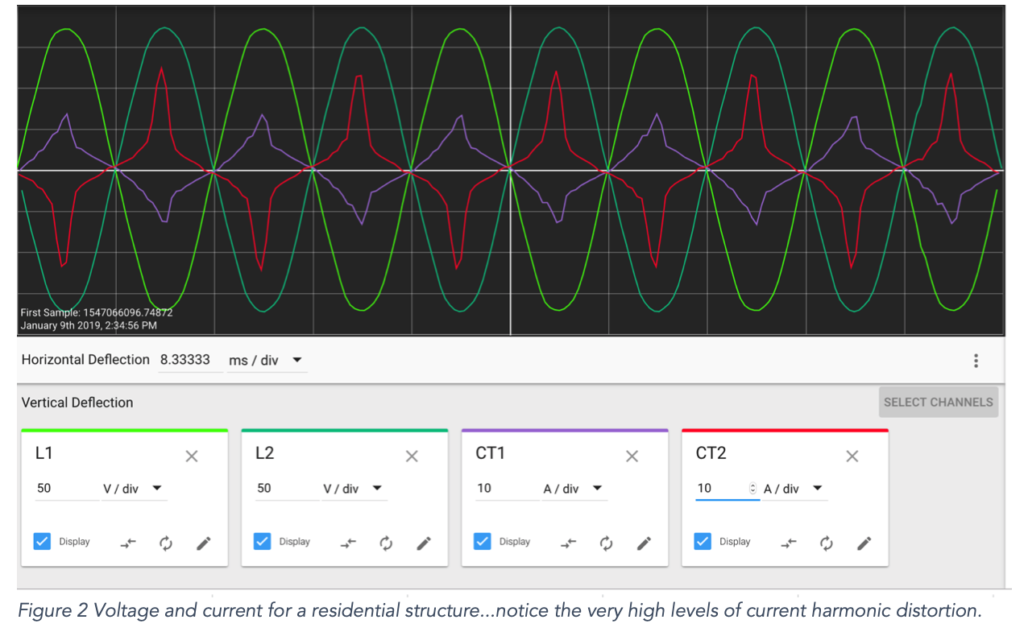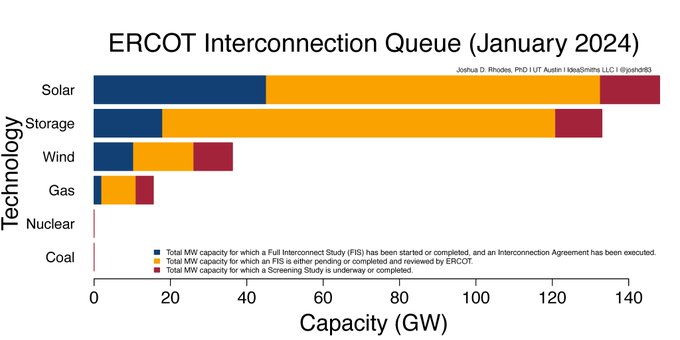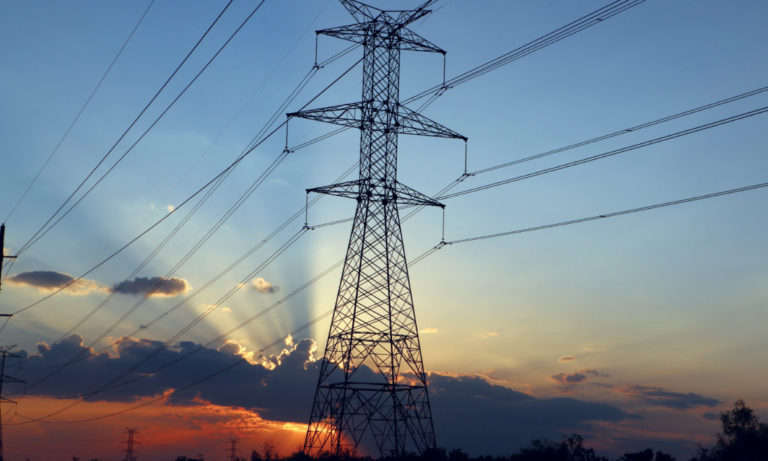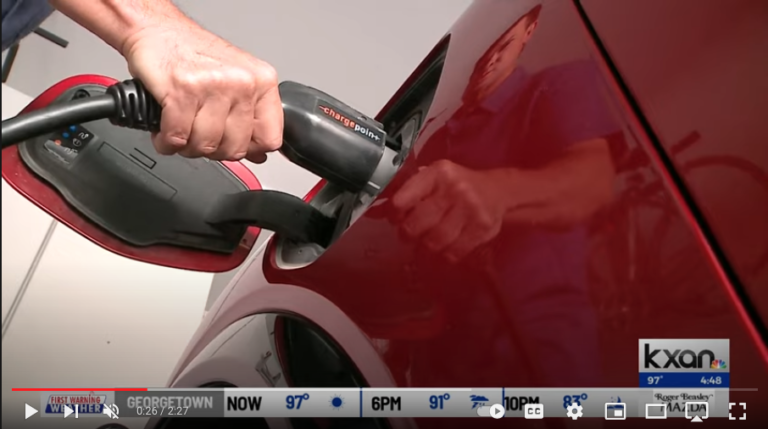April 4, 2019
 By Scott Hinson, chief technology officer, Pecan Street
By Scott Hinson, chief technology officer, Pecan Street
California Rule 21 is an interconnection tariff levied by the California Public Utility Commission (CPUC) that sets rules for performance, function, metering, and communications of generation and storage facilities. Originally adopted in 1982 and revised regularly by the CPUC, Rule 21 may be the most advanced set of requirements for the connection of solar and energy storage in the United States.
Several of the requirements, which will be phased in over time, will help encourage the installation of more solar and storage.
All new solar and storage installations must use inverters that have features previously reserved for larger commercial or utility applications, including Volt/VAR support functions, soft start, and displacement power factor support, and having the inverter ride-through grid disturbances that previously would have caused a disconnect.
In mid-2019, inverters will have to have secure TCP/IP communications capabilities to allow for utility control or aggregation control, and aggregators and inverters communicating with utilities will have to use IEEE 2030.5 guidelines for monitoring and control.
These functions and specifications are all fantastic steps forward for high levels of distributed generation integration onto the existing electrical grid. They will provide some excellent improvements over the old rules and regulations typically used for solar interconnection. The dynamic Volt/VAR support and ride-through capabilities adding much needed synthetic inertia to the distribution system.
However, there are two areas where Rule 21 lacks important features or functions for improved solar integration and grid resiliency.
On the communications and controls side of things, the commission allows utilities to set their own rules based on recommendations in the tariff. The standard for response time and requirements for residential systems is too lenient.
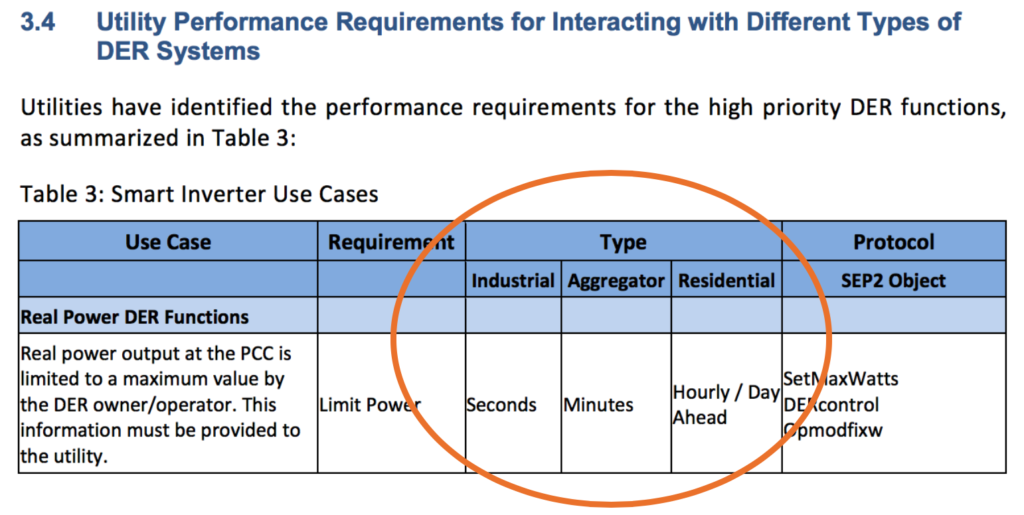 The table above comes a CPUC document on Rule 21. Notice that the timing requirements for functions from the three classes of resources Industrial, Aggregator, and Residential vary from seconds all the way to Hourly or Day Ahead.
The table above comes a CPUC document on Rule 21. Notice that the timing requirements for functions from the three classes of resources Industrial, Aggregator, and Residential vary from seconds all the way to Hourly or Day Ahead.
Pecan Street has aggregated residential systems as part of our research trials, and the response time for these systems can easily be in the minutes or seconds range, either through the use of local control algorithms that react to local grid conditions or through more traditional aggregation management. By suggesting that the fastest control for residential systems is hours or days, the guidelines reduce the chance that a powerful distributed grid stabilization mechanism will be used.
Second, Rule 21 smart inverter functions require that inverters be able to provide a utility with displacement reactive power support. In previous posts, we’ve talked about the important distinction between displacement reactive power support and reactive power caused by harmonic currents generated in switch-mode power supplies.
Rule 21 misses an opportunity to require grid-tied storage inverters, with their grid forming capability and typically more involved installation, to provide harmonic current cancellation as part of their operation. This issue probably won’t be solved by energy storage systems alone, but they would be a great resource in combatting an issue that could prevent high levels of distributed generation.
Including these two additional functional requirements in the next iteration of Rule 21 will add much more value to the grid from distributed energy resources.






